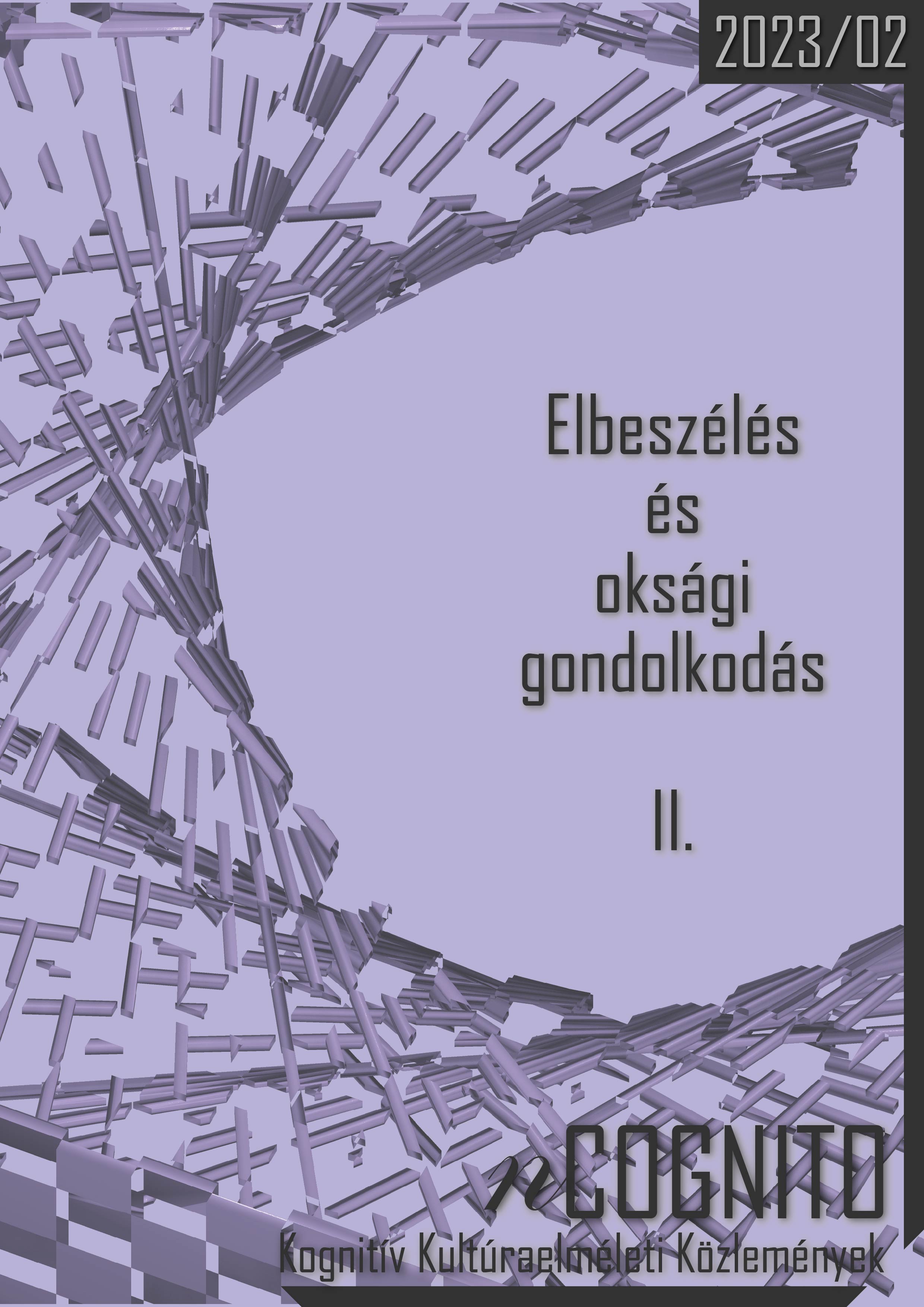The Alienated Image of Sequential-Causal Thinking in Ted Chiang’s Sci-Fi Short Story Story of Your Life from the Viewpoint of the Embodied Mind of Cognitive Science Ted Chiang Életed története című sci-fi novellája a megtestesült elme szempontjából
Main Article Content
Abstract
I study the relationship between sequential-causal thinking and narrative discourse in Ted Chiang’s The Story of Your Life. In this sci-fi short story, the narrator is a linguist, who tells the story of how her own sequential-causal thinking is transformed through learning to communicate with the aliens called heptapods. As a result of the heptapods’ simultaneous-teleological thinking, the narrator begins to „remember” the future. I seek to answer the question of how the short story alienates causal thinking as a fundamental mechanism of coherence-seeing understanding, what other alternative mode of thinking the story offers to ensure coherence, and how the combination of both modes of thinking appears in the narrative discourse, especially in the narrative’s treatment of time. Drawing on the cognitive science of the embodied mind, I argue that the reader can organize the heptapods’ linguistics, mathamatics-physics, and worldview into a coherent whole through the image schemas and cognitive metaphors activated by the description of the heptapods’ body. I also argue that the narrator uses creative metaphors that enable the reader to make coherent sense even out of the heptapods’ ability to foresee the future. The transformation of the narrator’s sequential-causal thinking is authentically demonstrated by her narrative discourse, which shows characteristics of the heptapods’ thinking (cyclicality, non-sequentiality, simultaneity) and creates an alienated image of sequential-causal narrative, in which sequential and non-sequential narrative, or causal and image-based-metaphorical understanding are combined.

